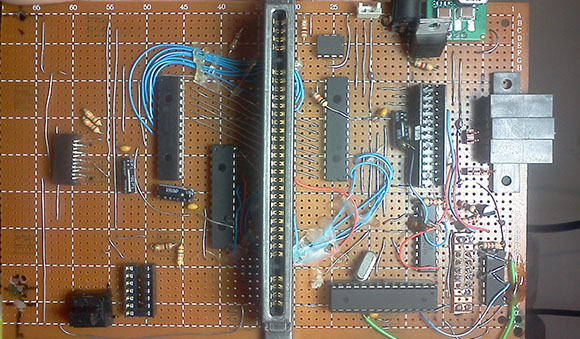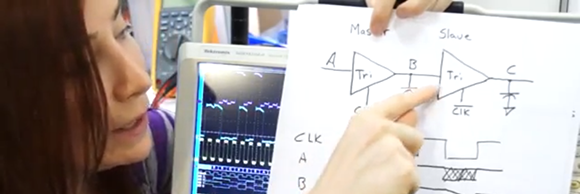
Back at the turn of the century, shoving MiniITX motherboards into just about everything was all the rage with the technologist crowd. [waterbury] had the idea of making a computer out of an SNES, but with the added ability of reading SNES cartridges. This idea had been floating around in [waterbury]’s head for years now, and with a Raspberry Pi he can finally make his project a reality.
After desoldering a cartridge connector from an original SNES, [waterbury] plugged it in to a piece of perf board and started to figure out how to actually read the cartridge. An SNES cartridge need 16 address pins, 8 data pins, 8 bank control pins and 4 other control pins to be read; a total of 36 pins that [waterbury] accessed with the help of a neat I/O expander and a whole bunch of level converters.
[waterbury] accessed these data, address, and control lines via the Raspberry Pi’s I2C interface, a non-trivial task that took 70 minutes to read Donkey Kong Country before he found a way to speed up the Raspi by a factor of two. You can check out [waterbury]’s complete project – able to read cartridges and play roms with EmulationStation after the break. Also, the code for the cart reader is available on [waterbury]’s git
.


















